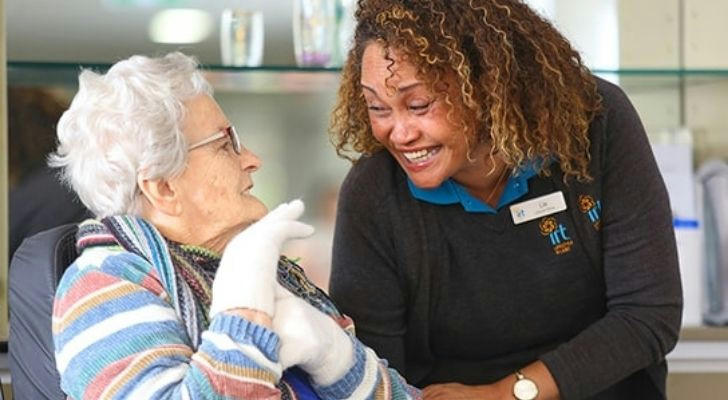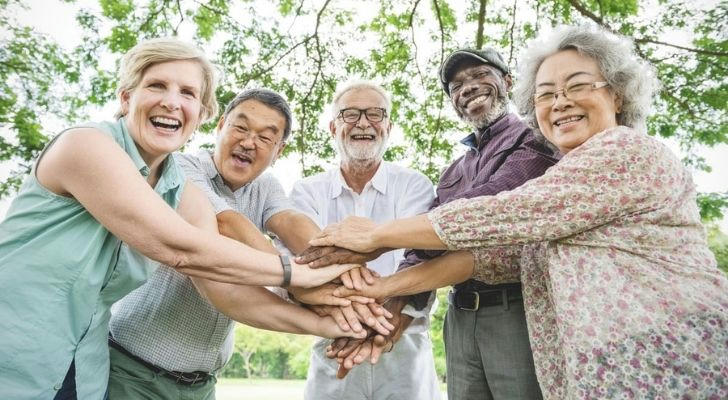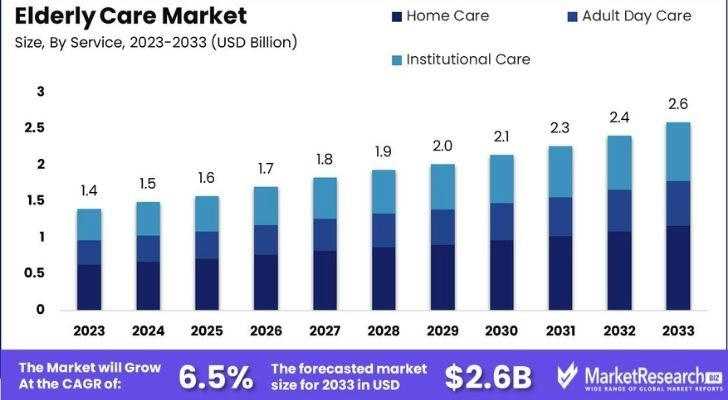Meeting Expectations: The Future of Elderly Care Services in an Aging Society
As the global population ages, the demand for quality elderly care services is becoming increasingly urgent. Understanding the expectations of older adults regarding their care is essential for developing effective solutions that not only meet their needs but also enhance their quality of life. This article explores what seniors expect from their caregivers, provides real-life examples, and outlines actionable solutions for improving elderly care services.

Elderly Expectations in Care Services
Older adults have diverse expectations when it comes to their care. Primarily, they seek assistance with basic needs such as personal hygiene, medical support, and daily living activities. For instance, many seniors wish for caregivers who can help them with bathing, dressing, and meal preparation while respecting their dignity and independence.
Real-Life Case Example: Consider the case of Mrs. Johnson, an 82-year-old woman living alone who recently underwent hip surgery. She requires assistance with daily activities but values her independence. Her caregiver not only helps her with bathing and meal preparation but also encourages her to engage in light exercises recommended by her physical therapist. This approach allows Mrs. Johnson to regain her strength while maintaining a sense of autonomy.

Beyond physical needs, emotional and social support is equally important. Many seniors desire companionship to combat feelings of loneliness and isolation. They expect caregivers to engage them in meaningful conversations and activities that stimulate their minds and spirits.
Real-Life Case Example: Mr. Smith, a 78-year-old widower, felt increasingly isolated after his wife passed away. His caregiver recognized this need for social interaction and began taking him to community events and arranging regular visits from friends and family. This not only improved Mr. Smith's mood but also significantly enhanced his overall well-being.

Finally, seniors are increasingly focused on improving their overall quality of life. They expect access to recreational activities, cultural events, and personalized care plans that cater to their individual interests and preferences.
Current Trends in Elderly Care Services
The landscape of elderly care is shifting from traditional institutional models to more home-based and community-focused services. Many older adults prefer aging in place—staying in their homes as they age—while receiving necessary support from caregivers who understand their unique needs.

Example of Community-Focused Care: The "Village Model" is gaining popularity in various communities across the United States. This model allows seniors to remain in their homes while accessing a network of services provided by volunteers and local organizations. For instance, the Beacon Hill Village in Boston offers members access to transportation, social activities, and home repairs through a community-driven approach that fosters independence while providing essential support.
Technology plays a significant role in this transformation. Telehealth services allow seniors to consult with healthcare providers from the comfort of their homes, reducing the need for travel. Wearable devices can monitor health metrics like heart rate or activity levels, providing valuable data that caregivers can use to tailor care plans effectively.
Challenges Facing Elderly Care Services
Despite these positive trends, several challenges remain within the elderly care sector. One significant issue is the workforce shortage; there is an urgent need for trained caregivers who can provide high-quality support to seniors.
Evidence of Workforce Shortage: According to a report by the U.S. Bureau of Labor Statistics, employment for home health aides is projected to grow 33% from 2023 to 2033, much faster than the average for all occupations. This demand highlights the critical need for more trained professionals in elderly care.

Financial constraints also pose a challenge. Many families struggle to afford comprehensive elderly care services due to high costs associated with professional caregiving or assisted living facilities.
Actionable Solutions for Improving Elderly Care Services
To address these challenges and better meet the expectations of older adults, several actionable solutions can be implemented:
Enhancing Training Programs: Develop comprehensive training programs for caregivers that focus on both technical skills (e.g., medical assistance) and soft skills (e.g., communication and empathy). Community colleges and vocational schools could partner with healthcare organizations to create these programs.
Utilizing Technology: Encourage the adoption of telehealth services and wearable devices among seniors by providing training sessions on how to use these technologies effectively. Healthcare providers can offer workshops that demonstrate how these tools can enhance their health management.

Expanding Community Resources: Local governments should invest in community-based programs that connect seniors with volunteers who can assist with daily tasks or provide companionship. Programs like “Meals on Wheels” not only deliver food but also include wellness checks by volunteers.
Policy Advocacy: Advocate for policy changes that increase funding for elderly care services and improve caregiver wages. Organizations focused on elder advocacy can work together to lobby for better regulations that ensure high-quality care standards across facilities.
Creating Support Networks: Establish support networks for families caring for elderly relatives, offering resources such as counseling services, caregiver training, and respite care options.
Conclusion
In conclusion, aligning elderly care services with the expectations of older adults is vital for enhancing their quality of life as they age. By understanding what seniors truly want from their caregivers—be it basic assistance or emotional support—stakeholders can develop innovative solutions that cater to these needs effectively. As we move forward into an aging society, prioritizing compassionate and effective elderly care will be essential for ensuring that our senior population can live fulfilling lives with dignity and respect.
By incorporating real-life examples and providing specific actionable solutions, this article aims to offer readers not only insights into how elderly care services can be improved but also practical steps that can be taken today to make a meaningful difference in the lives of older adults.
